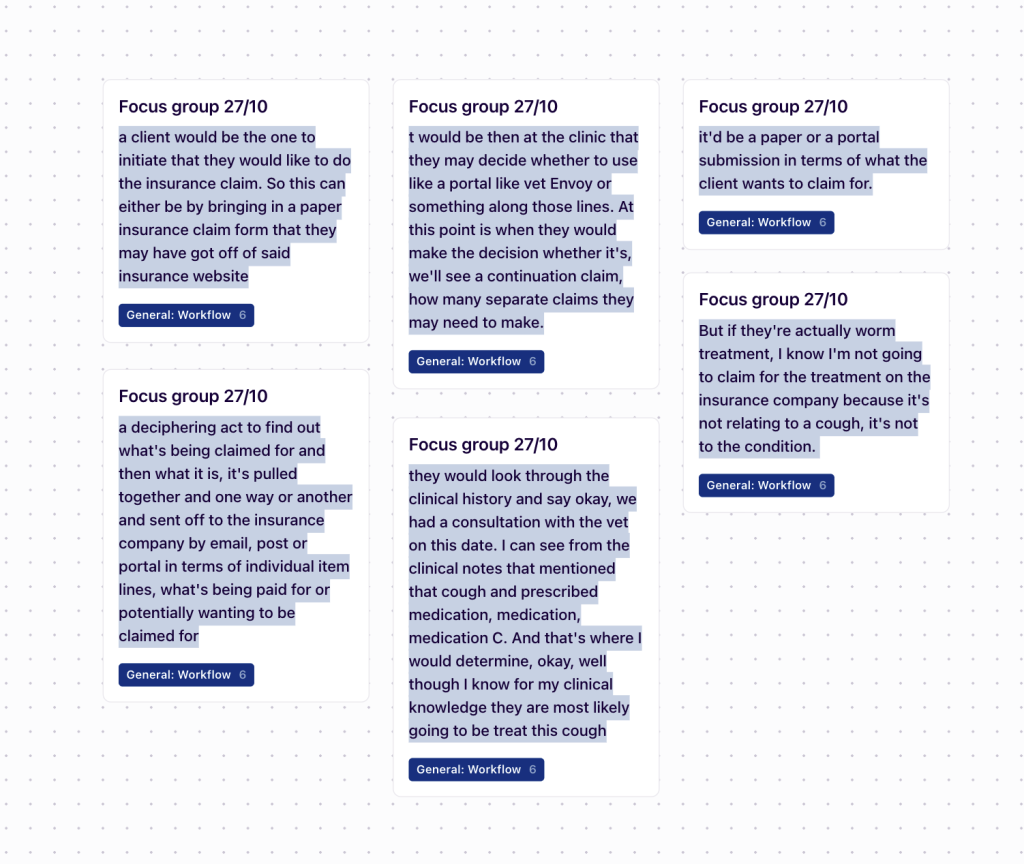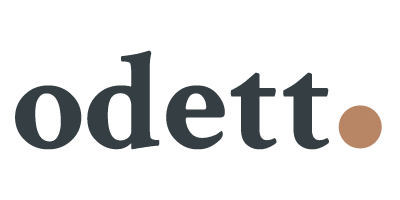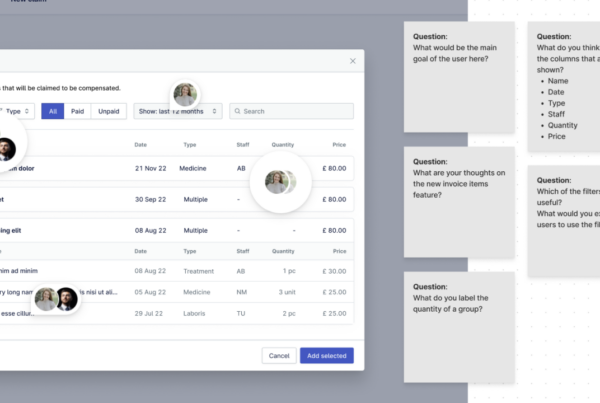With COVID-19 still roaming the world, the job of the UX researcher has become more complicated. With jobs becoming increasingly more remote it was up to the researcher to solve a problem. Enter remote UX research. And even though we sometimes like to stick to our routines, remote UX research actually has some interesting benefits.
Benefits of remote UX research
When looking at the financial side of things we can see a decrease in costs for remote UX research. There are no research facilities needed to rent, no travel costs (for you or the participants), and a lower incentive cost to get participants. On the side of the research we open up more time and space, and we create flexibility in the research. It has become possible to conduct research all across the globe and every day of the week. There are no more boundaries because of time, space or ability.
Remote UX research has created inclusivity that is often missing in face-to-face research. Now you can have a participant pool of culturally diverse people living all across the globe. We can research with people with disabilities who wouldn’t be able to travel to research facilities. In short, it saves us time and money and gives us inclusivity and more validity.
Validity of remote UX research
Validity is one of the key components in good UX research. In order to get good data, our research needs to be valid. With remote UX research, we can still have good data, sometimes even better data when doing face-to-face research. Imagine, you’re testing an app that has been designed by you and your team. It looks stunning on your retina display and it runs smoothly. But then you send off your prototype to the user who owns an iPhone from 2015. Porting your app to their phones, to be tested in their time, on their devices will give you contextual feedback. In face-to-face research, you probably would have tested it on your iPhone from 2022 and not theirs. This real-life data is possible with remote UX research, increasing the validity of your research.
What about face-to-face research?
Just because we’re going more and more remote doesn’t mean that face-to-face research is replaceable. Sometimes this method is more useful than remote research. For example, when you’re doing context research, ie. learning how a product is being used in its context. In-person research is more valuable when you’re investigating the physical experience and interactions of your user with the product. For example an app for VR that helps people work remotely, a new game for the Nintendo Ringfit, or a new piece of medical equipment. These products require you, as a researcher, to investigate how and when these products are being used. Face-to-face research allows you to assess physical interactions and behavior.
Prepping for remote research
Just like in face-to-face research, knowing you’re objective is key. Formulate some open-ended questions about this topic and then look for the right method of testing. For example, when you want to assess the onboarding flow of a new app, you could use a targeted usability test.
What is important in remote research is that you pick the right method for the job. Even if this method might not be a remote-first method. With the digital tools, we have nowadays it is highly likely you can still do your test online.
- You can do interviews via tools such as Zoom, MS Teams, or Discord
- Usability tests benefit from these same tools as they provide a screen-sharing option
- Diary studies can be done with tools such as Miro and dscout
- OptimalSort is a great tool for a card sorting test
- Survey tools such as SurveyMonkey or Google Forms are great for surveys
- Track user behaviour with Hotjar (a personal favourite of mine)
Another question you might ask yourself is whether or not you need to be present during the testing. Sure, for an interview it’s useful if there is a moderator, but a diary study or survey can be done asynchronously and without moderation. Keep in mind that when you are not there to moderate you need very clear and specific questions to collect the right data. On the bright side, you will be able to reach a larger audience quickly.
Be clear on expecations
Ensure that your participants are aware of your expectations during the test. Make sure they know where to be and when. Send your participant all the necessary information beforehand, such as links to open, tools to download, and the time the session will take. A remote research session takes a little longer than face-to-face sessions. You need time to set up but so does the participant and they are probably less techy than you. Keep this in mind when preparing your remote research. And if you’re working in a team make sure the whole team is aware of the research objectives, methods, and protocols.
Running the session
When it comes to running the session there are similarities with face-to-face research. You need a designed study that’s ready for research. You also need to have a test plan or protocol depending on your test. It is always a good idea to pilot test your test plan before using it on your participants.
If you are running an unmoderated session, such as a survey or diary study, most of the legwork will be in the planning and setup face. Afterward, it is a matter of collecting your data and running the analysis.
When running a moderated session it’s a good idea to start with an unstructured interview style to set the tone of the research. Explain your plan and get to know your participant to make them feel more comfortable. Remote sessions can possibly make participants more nervous so take your time starting up and running the session. A compliment on someone’s lamp, books, or anything you see on camera can make people feel more at ease.
And don’t forget, make sure to ask clear questions, give your participants time to respond, and probe for more information when necessary.
Analyzing the results
The analysis is very similar to when you would do face-to-face research. For qualitative analysis, you break down the insights per individual, and then you compare the results to find insights (image 1). I advise you to collaborate with other researchers on your analysis. This increases the validity and makes it easier to identify patterns and find key insights.

Conclusion
Running remote UX research is a great way to collect valid data. The benefits, such as speed and inclusivity could give you data you couldn’t with face-to-face research. Plus, with the digitalization of the world, remote research isn’t going anywhere.




